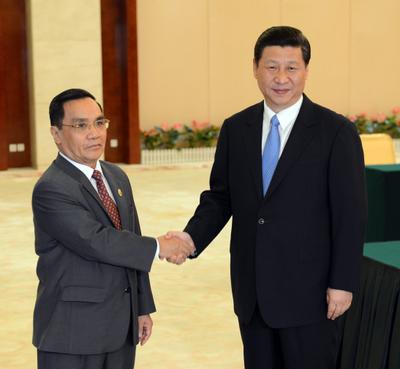These figures are likely to rise as both economies are pursuing increasingly ambitious trade deals.
However, questions have been raised about the shallow coverage of China and India’s FTAs, which are said to be quite liberalising when it comes to trade in goods, but quite vague in services and new issues compared to most agreements formed in the Americas and across the Pacific. Are these concerns valid? And what should be done?
Recent research has attempted to evaluate the compatibility of China and India’s FTAs against existing and future global rules. The research assessed China and India’s FTAs according to tariff elimination on goods trade, coverage of the services sectors as well as coverage of four new trade issues: investment, trade facilitation, competition and government procurement. The research highlights four noticeable results.
First, the overall depth of China and India’s trade agreements varies considerably, encompassing a mix of deep and shallow FTAs. Of the 25 FTAs collectively in effect between China and India, 13 have a relatively fast approach to tariff liberalisation, four comprehensively cover services and three comprehensively cover all four new issues.
Encouragingly, the more recent FTAs, including the 2011 China–Costa Rica FTA, the 2011 India–Korea Comprehensive Economic Partnership Agreement (CEPA) and the 2011 Japan–India CEPA, typically show more depth than earlier agreements. The deepest agreements have a relatively fast approach to tariff liberalisation and comprehensively cover services and three or four new issues. The conclusion of these deep agreements suggests a conscious move by China and India toward comprehensive liberalisation standards for new issues. This is indeed a step in the right direction.
Second, in terms of the speed of tariff liberalisation, FTAs in China seem better than those in India. Eight of China’s FTAs have a relatively fast approach to tariff liberalisation compared with India’s five. For example, under the China–Singapore FTA, 95 per cent of China’s tariff lines are eliminated within one year. Singapore, of course, has virtually zero tariffs for most items, and tariff elimination is not considered a major trade policy issue. By comparison, the India–Korea CEPA liberalises 85 per cent of India’s tariff lines and 93 per cent of South Korea’s within eight years.
Third, services coverage seems better in China’s FTAs but India is making progress. The China–Singapore FTA allows for comprehensive coverage of services, while another nine of China’s FTAs partially liberalise services. Many of India’s early agreements typically placed little emphasis on services, but India’s newer agreements have sought to rectify this issue. India’s FTAs with major East Asian economies — namely Japan, South Korea and Singapore — provide comprehensive services coverage while the agreement with Malaysia provides partial coverage.
Finally, China and India’s FTAs seem to selectively cover new issues, indicating a cautious approach to new trade issues. Seven of China’s FTAs cover one or two new issues, typically investment and trade facilitation. The newer China–Costa Rica FTA goes even further by including provisions on trade facilitation, investment and competition policy. More sensitive issues of government procurement and competition policy, however, are typically absent from China’s FTAs. Meanwhile, the more recent India–Korea CEPA and the Japan–India CEPA comprehensively cover investment, trade facilitation and competition policy. While there is no separate chapter on government procurement in the India–Korea CEPA, there is a cooperation provision on government procurement that opens the door for liberalisation in this difficult area.
With little end in sight for the decade-long Doha Round trade talks, China and India, like other major Asian economies, are increasingly adopting a multi-track trade policy of multilateralism and regionalism. It would be useful to ensure that China and India’s FTAs are used as a tool to further multilateral liberalisation, as well as Asia-wide liberalisation. In this vein, a focus on deep integration beyond goods in FTAs is the key. FTAs are a relatively recent phenomenon in Asia, and China and India’s FTA strategies appear to be in the formative stages. It was perhaps inevitable that the early FTA focus was on shallower rather than deeper integration as both economies learnt to manage FTAs and balance competing business interests. Encouragingly, there are signs that the Asian giants have moved toward deeper FTAs over time, emphasising services and new trade issues. Nonetheless, there is room for improving the depth of China and India’s future FTAs.
Ganeshan Wignaraja is Director of Research at the Asian Development Bank Institute.
An earlier version of this article was first published here on VoxEU.

